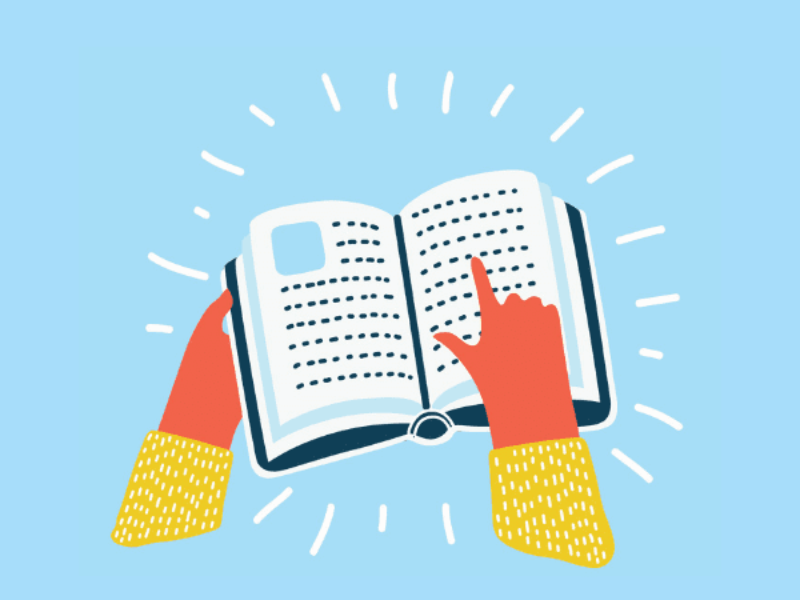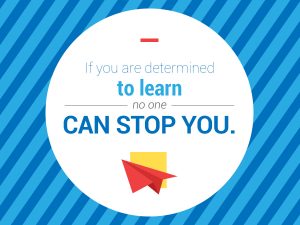Teach Yourself to Fluency
How do I learn a language?
Learning materials are readily available nowadays: textbooks and websites are loaded with exercises and verb conjugation charts. Especially for a big language such as English or Spanish. But let’s face it, they’re are not always the most exciting methods to use, especially if you’re a beginner.

Online classes are booming in popularity right now, and as a teacher, I value the structure a teacher gives a student. It will make a big difference to your learning. But this article is about teaching yourself, right?
So, what do I do?
The idea is to manage your learning independently while taking advice, instruction and inspiration from other sources. It may sound obvious, but it’s time to assess yourself here.
If you’re a new learner, you’ve just got to teach yourself, and by this, I mean you’ve got to take some responsibility. Be proactive and put in the time.
What’s the best way to avoid boredom or discouragement?
Variety!
Taking a class once per week can leave you feeling dizzy, wondering why you ever decided to start in the first place. But classes have a specific purpose. They correct your mistakes, improve your grammar, and give you confidence, but combine classes with self-teaching and you’re on your way to fluency.
Do I need a practical method?
Think of a fun activity. Something you enjoy. For me, I enjoy learning with movies. I can’t tell you how many movies I’ve watched. But in the beginning, be proactive. Have a pen and paper beside you and Google Translate open.
You can pause movies, but this will get annoying, so I suggest you write new words and check them later. This way, you’re focused on the language, but the flow of the movie isn’t interrupted. However, if you’re like me, go ahead and check them right away, you’re probably too excited.
Make Lists
Making lists is one of the best ways to expand your vocabulary. Here’s how it works. With your words from the movie, you can group them into categories: verbs, adjectives, nouns, and adverbs. Fill a page for each category and look for patterns.
When you have a full-page, it’s time to make flashcards. This may not seem like the most exciting method either, but it’s going to work. You can use apps such as TinyCards to compile your lists digitally.
The Flashcard Method
When you have your list ready as a set of flashcards, let the learning begin. Start by testing yourself every day for one week. See how many words you can remember. After a week, test yourself every two days, then every 5 days…
You can then test yourself once per week, then once per month, and you’ll very quickly realize you know the words. Not only can you remember them, but you can give them some context because you learned them from the movie.
This is a super cheap and easy trick to boost your vocabulary, and you don’t have to use movies. Maybe you prefer music? You can translate the lyrics and take words from the songs. Make your lists, make your flashcards, and follow the process. Its tried and tested.
Do you have another fun method for learning new vocabulary? Drop a comment below.
In next week’s article “Vocabulary List your way to Fluency” we’ll go into more detail regarding these lists and I’ll give you some great examples, movie recommendations and templates you can use.
Podcast: Play in new window | Download

